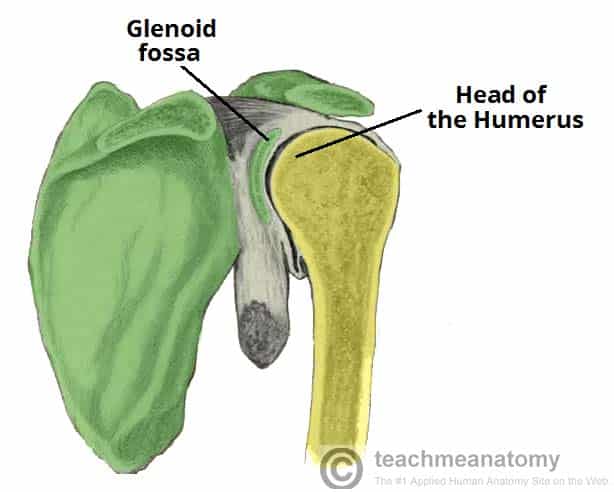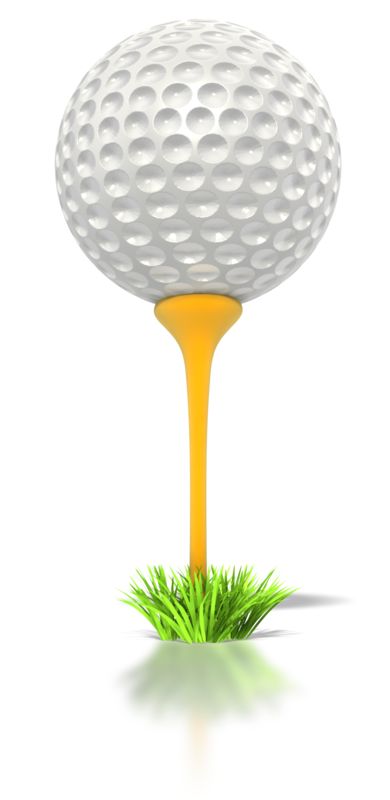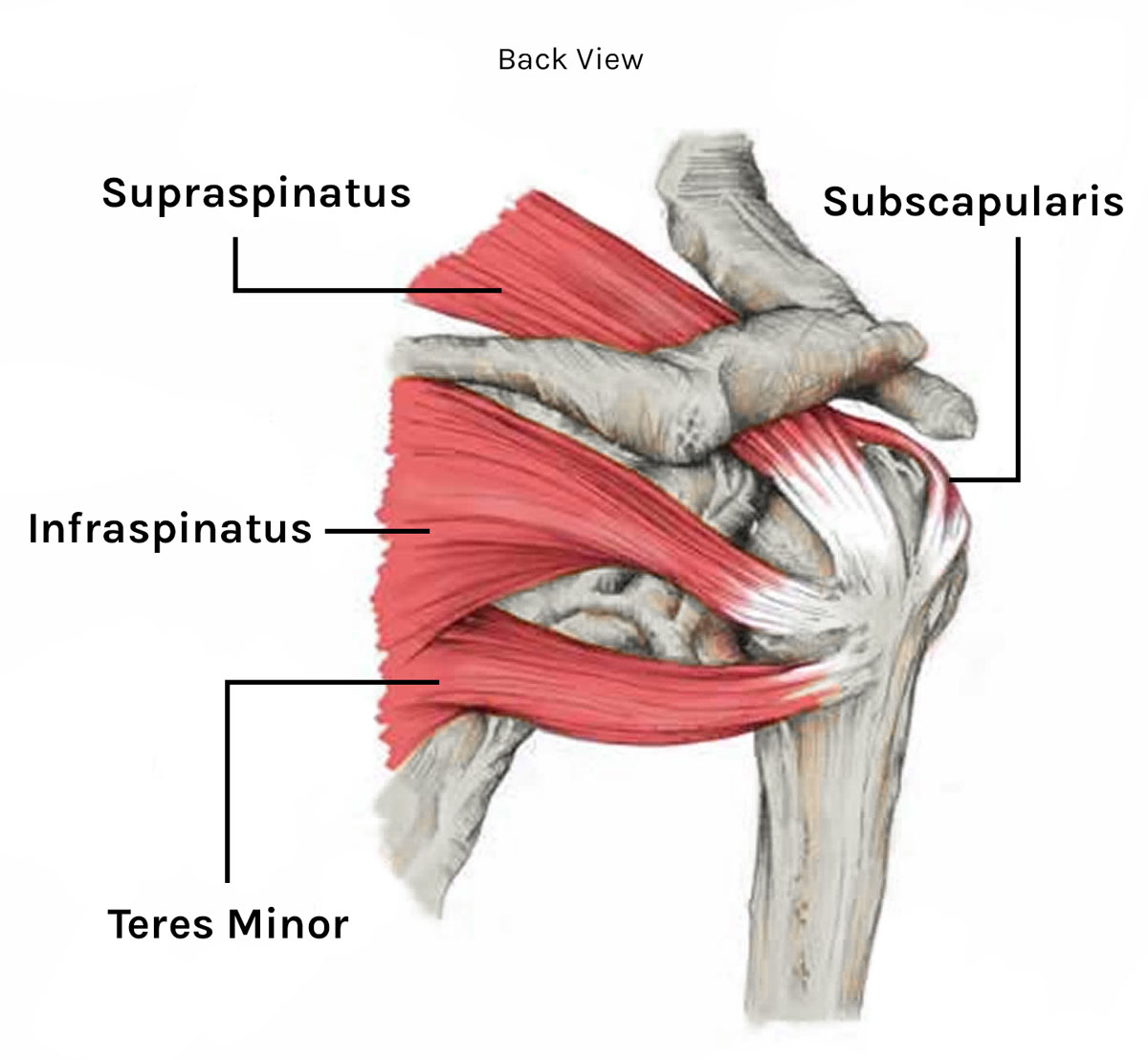Bulletproof shoulders for boxing
Chuary | The Boxing PT 🥊The Shoulder Deep DiveShoulder injuries are one of the most common injuries in boxing due to the high impact, repetitive nature of the sport. The rapid, forceful punching motions, chaotic nature of the sport makes this joint susceptible to acute and chronic shoulder problems. In this week's deep dive we'll cover: The link between shoulder anatomy & injuriesTo understand why the shoulder is so prone to injuries & how we can build combat ready shoulders, lets explore how shoulder anatomy contributes to injury risk in boxing. The shoulder is the most mobile and dynamic joint in the human body . In throwing, punching and explosive athletic movements, it can generate peak rotation speeds over 7000 degrees per second. To allow for this range of motion, the ball & socket joint of the arm and shoulder blade is very shallow (like a golf ball on a tee). The main issue with this? It relies on tendons, muscles and ligaments to provide strength and stability👇As the shoulder is a highly mobile but inherently unstable joint, the surrounding muscles ligaments & tendons are under constant stress when boxing. 3 Most common shoulder Injuries1️⃣ Acute Dislocations
Dislocations occur when the humeral head is forced out of the glenoid cavity due to a high-impact punch or defensive movement. Boxers typically experience anterior shoulder dislocations resulting in chronic instability (Zeitler et al., 2021). 2️⃣Acute Labral Tears:
Superior Labrum Anterior to Posterior (SLAP) lesions occur due to repetitive overhead punching, rapid deceleration, or direct trauma. They often accompany dislocations. The damage to the cartilage inside the shoulder socket, reduces stability. 3️⃣Rotator cuff related pain:
The rotator cuff is a group of 4 muscles that stabilizes the joint when boxing. The muscles work in concert to hold the joint in place during rapid acceleration and deceleration during impact when punching and resisting opponent pressure. Due to the inherent instability of the shoulder join, these muscles are under constant stress, making it prone to tendon issues, overuse and even tears. The 5 Pillars of Shoulder ResilienceIf you want smooth, loose and snappy punches, your training MUST address these five areas. Through coaching, studying and fighting, I've devised a protocol to enhance mobility, strength, impact resilience, and injury prevention while aligning with evidence-based rehabilitation and performance guidelines. 1️⃣ Build Mobility & ControlAs covered earlier, your ribs, spine, and shoulder blade all affect shoulder function. If they move like crap, so will your shoulder. Poor mobility in these areas increases injury risk and limits punching efficiency. These exercises promote joint mobility and control (Jung & Kim, 2021), furthermore thoracic spine mobility (aka upper back) is an essential component for shoulder mechanics (Whiting et al., 1988). 📌 The Protocol: Do exercises like these 4 - 6 times a week, as part of your daily mobility or primer before training sessions. These exercises work well as a low intensity mobility sequence, and can help promote recovery, reduce stiffness & make sh*t feel good. Perform these exercises between 5 - 10 reps, in a slow controlled fashion. 2️⃣ Build Strength & StabilityBoxers require shoulder stability to withstand the high-impact forces of punches and prevent overuse injuries. Strength is the number 1 protective factor against overuse and injuries. Strength helps you handle the high loads & forces from fighting, Strength training It build robust muscles & tendons to support the joints.  📌The protocol 3️⃣ Build Gymnastic Strength (Master Your Bodyweight)Boxing requires explosive, bodyweight-controlled movements. Gymnastics-based training develop relative strength, control & joint resilience. In addition, gymnastic exercises challenges our body in unique & unconventional positions. This expands our movement repertoire and build strength in neglected positions. Given the unpredictable and chaotic nature of boxing, building strength in awkward, unconventional positions is a crucial aspect of reducing injury risk. 📌 The Protocol: Include 1 - 2 gymnastics based exercises into your Strength & Conditioning routine. They can be your main horizontal/vertical, pushing/pulling progression. Aim for 6 - 12 reps, with control and good technique. 4️⃣ Build Power & Impact ResiliencePunches are high-speed, high-impact movements. If you can’t handle the forces, your shoulders will take a beating over time. Compared to the lower body, the smaller bones, tendons and ligaments are not as well built to handle forces. It is important to build these capacities in the gym to prepare us for the demands of the boxing. ✅ Upper body plyometrics (Explosive throws & catches) ✅ Catch & release exercises (Rapid force absorption & redirection) 📌 The Protocol: Include these exercises at the start of your sessions. Start with 1 - 3 sets of 4 - 8 reps. Start slow and gradually build up tolerance. Resilience is built by compounding small, consistent efforts. Do not rush. 5️⃣ Armour Build the Surrounding MusclesThe neck, biceps, triceps & traps help distribute loads & stabilize the shoulder. The body operates as a unit, bolstering the surrounding structure reinforces shoulder strength and function. ✅ Neck Training
✅ Biceps Curls & Triceps Extensions
✅Trap Work (Shrugs, Carries, Holds)
📌 The Protocol: 1 - 2 upper body exercises as part of a robustness circuit completed 1 - 3x a week. For robustness circuits work close to failure at high efforts and minimal rest. 🔥 Example Shoulder Resilience Routine🔥 Example Shoulder Resilience Routine1️⃣ Mobility & Control:
2️⃣ Impact Resilience & Power:
3️⃣ Strength & Gymnastic Exercises:
4️⃣ Armour Building:
|
The Boxer's Edge 🥊
Helping amateur boxers 2x their wins by building fight winning power & durability, all while injury free in 1/2 the time as your opponents
Ever feel trapped in this endless loop? Train hard → get injured → forced rest → repeatThat was me for years. I thought more effort alone would keep me in the ring, but my body kept breaking down. Over 8 years and 15 fights, plus a degree in physiotherapy, I've found what actually works.Most “common sense” injury prevention advice for fighters is dead wrong. You don't need more stretching. You don't need more physio exercises. You don't need a secret "knees over toes" system. You need to...
Real talk: When I started lifting for boxing, I got stiff like everyone warned.I followed everything I saw online: endless bro splits, static stretching, foam rolling, hoping something would finally unlock fluid movement.Nothing worked. Tried foam rolling, stretching, and every “bro split” online. Saw zero results, just stayed tight and beat up.More effort, training & stretching but I somehow moved worse It took me years to figure this outBut these 5 changes lifting made me stronger, faster,...
This 30 Min Protocol Will Win You More Fights Most serious boxers know the importance of strength and conditioning. It's the edge that lets your skill shine in the ring and fortifies your body to cope with rigorous training. Boxers that perform regular, structured S&C are more explosive, get injured less and can spar, hit pads, and train harder without breaking down. However, most boxers do it wrong and it ends up killing their performance. Instead of transforming you into a fluid, explosive...





